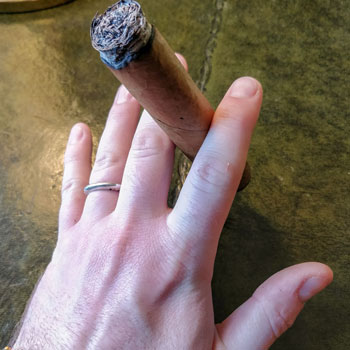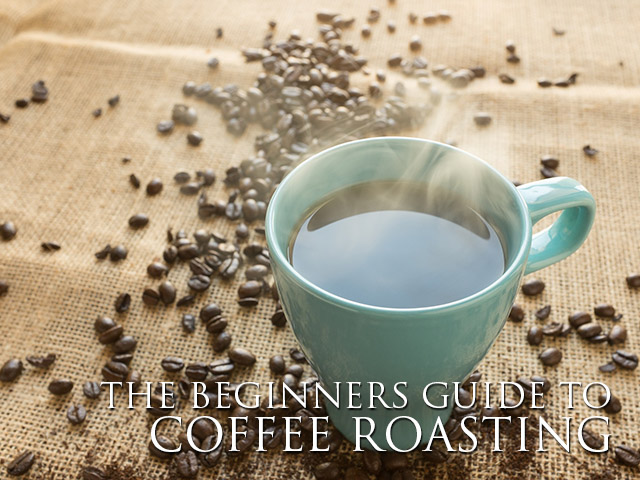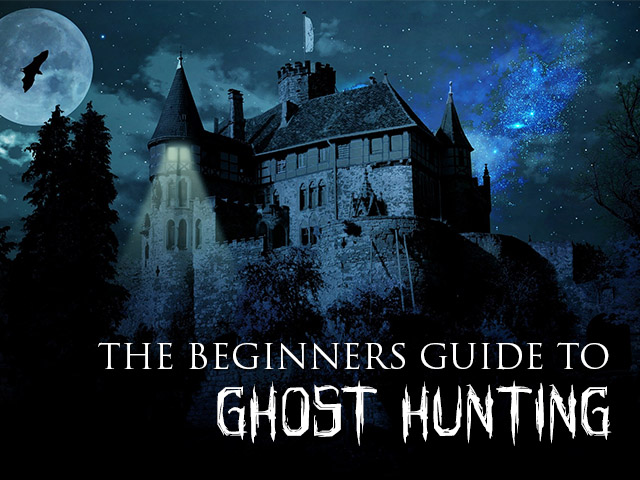Implement these simple astral projection tips to increase your chances of a successful visit to the plane.
If you have arrived here you’re probably struggling to have success in astral projection. The following astral projection tips can be applied to make the process more simple and increase the likelihood of you visiting the astral plane.
It is recommended that as a beginner you should first do your research and these beginners astral projection tips should only be applied once you have more knowledge.
Take a look at our beginners guide to astral projection before you apply these simple tips. Or check out this fantastic book.
Get comfortable
Before you try Astral projection you should get as comfortable as possible and clear your mind. Using a pillow or blanket is recommended this will help you become comfortable and less distracted.
Ensure you can breathe comfortably.
Let go of fear
The number one thing that will stop you from being able to successfully astrally project is your fear. Fear WILL hold you back. Your fears are irrational, bare that in mind and you do not have anything to worry about.
One of our main fears when starting out with astral projection is fear of the silver chord breaking. Or possession.
You can rest assured that the silver chord will not break providing you do not stay too long in the astral plane. It is stronger than you think.
It is paramount that you remain relaxed, calm and at all times in a positive mindset. Some people like to meditate beforehand and even take up yoga.
Lucid Dreaming and Astral Projection
There’s a big difference between Lucid dreaming and astral projection, it will serve you well to always remember this as a beginner. Dreaming is dreaming and projecting is projecting. Once you successfully visit the astral plane you will quickly realise there is a huge difference between the two.
Astral projection is far too vivid to be considered a dream.
Binaural Beats and Isochronic Tones
Another good astral projection tip for beginners is to listen to binaural beats and isochronic tones. This will help you reach the state of required relaxation. Again relaxation is paramount.
Binaural beats are tuned in with your brain waves and really do help.
Remember your experiences
Before you leave the plane and your astral body returns to your physical body, try your hardest to remember your experiences.
Write them down in a book afterwards, this will help you in the future and make astral projection more simple. You can refer to the book before the next time you visit the plane.
*BONUS TIP* How to visit someone on the astral plane
If you want to visit someone in your astral projection there are numerous things you can do to help. Spray the room with a fragrance that reminds you of them, focus on a photo of them for a while beforehand. Find an object of theirs and hold it in your hands.
Find a way to have that person in mind before you set out to the astral plane. It’s a good idea to ask their permission first, this will stop any resistance.
Astral Projection Tips Summary
Astral projection really does require focus and a positive state of mind. Along with relaxation and tranquillity. Before you even attempt it you should ensure that you have achieved all of these states.
Have you managed to reach the astral plane? What helped you get there? If you have any good beginners astral projection tips then please leave them in the comments below to help our readers. We may add them to the list.
If you’re interested in mastering the art of astral projection then we can highly recommend you take the online course offered by Astral HQ – Check it out here.





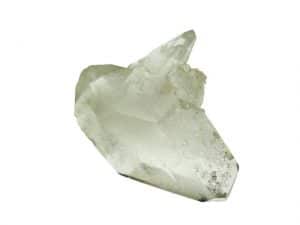 Clear quartz is one of and if not the most popular type of crystal for beginners.
Clear quartz is one of and if not the most popular type of crystal for beginners. Another very popular crystal for beginners is Amethyst, it is fantastic for meditation as it will give spiritual projection and increase your inner strength.
Another very popular crystal for beginners is Amethyst, it is fantastic for meditation as it will give spiritual projection and increase your inner strength. Citrine draws the power of the sun and is filled with light in abundance. This makes the crystal fantastic for placing in a windowsill.
Citrine draws the power of the sun and is filled with light in abundance. This makes the crystal fantastic for placing in a windowsill.


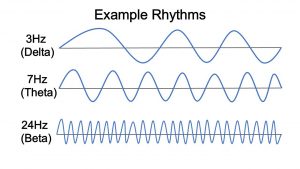 Thoughts, behavioral reaction and emotions are the results of neurons in the brain and electrical impulses (signals)
Thoughts, behavioral reaction and emotions are the results of neurons in the brain and electrical impulses (signals)


 Method 1
Method 1 Method 2
Method 2